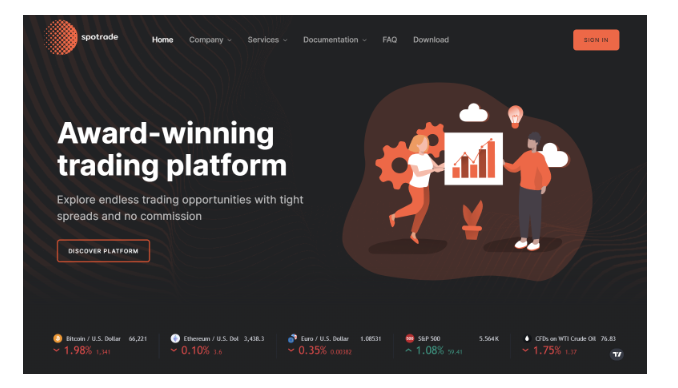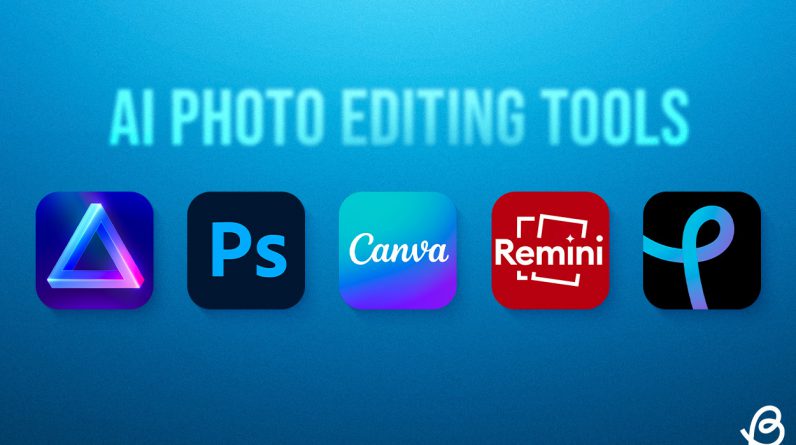Meta, the social media giant, has recently announced its decision to expand the labeling of artificial intelligence-generated content in response to growing concerns surrounding the proliferation of “deepfake” posts. The company aims to tackle the issue of misleading information by applying “Made with AI” labels to a range of video, audio, and image content. This move marks a significant expansion of Meta’s previous policies, which only focused on manipulated video content.
Meta’s decision to expand its labeling practices comes after facing criticism from its Oversight Board earlier this year. The board labeled the company’s existing policies as “incoherent” and called for a broader approach to combat the spread of altered content, including audio and videos that falsely depict individuals engaging in certain actions. The Oversight Board, an external group supported by Meta, urged the company to extend its policies to address these concerns.
“We agree with the Oversight Board’s argument that our existing approach is too narrow,” stated Monika Bickert, Vice President of Content Policy at Meta. She further emphasized that the original manipulated media policy was formulated in 2020 when AI-generated content was less prevalent, and the primary concern was limited to videos.
In response to the Oversight Board’s recommendations, Meta has also decided to change its stance on digitally created media. It will no longer remove such content unless it violates other rules, instead attaching a specific label indicating that the content has been altered. This new policy will be implemented starting next month, and the company will also apply the “Made with AI” label to content identified as AI-generated or when users disclose that they are uploading AI-generated content.
Furthermore, Meta unveiled its plans in February to create a system capable of identifying AI-generated content created by users through services provided by other tech companies. These companies have agreed to embed an AI identifier or watermark to help distinguish AI-generated content in an effort to combat misinformation.
This expansion of Meta’s AI policy is expected to be well-received by civil society groups and experts who have been concerned about the growing presence of AI-generated misinformation, particularly during critical election periods. However, it is important to note that experts have also cautioned that the labeling strategy might not capture all instances of misleading AI-generated content. While Meta and some other companies have embraced watermarking AI-generated content, other services have yet to adopt such practices.
FAQ
1. What is AI-generated content?
AI-generated content refers to any form of media, including videos, audio, or images, that has been created or manipulated using artificial intelligence algorithms. These algorithms are capable of generating realistic and convincing content that can be difficult to distinguish from authentic sources.
2. Why is there concern about deepfake posts?
Deepfake posts are a specific type of AI-generated content that involve the manipulation of audio or video to make it appear as though someone is saying or doing something they never actually did. These posts can be used to spread misleading or false information, potentially causing harm to individuals or society as a whole.
3. How will Meta’s “Made with AI” labels help address the issue?
Meta’s decision to label AI-generated content with the “Made with AI” label aims to provide transparency to social media users. By clearly indicating that the content has been generated or modified using AI technology, users can make more informed judgments about the authenticity and reliability of the content they come across.
4. Will Meta’s labeling strategy be foolproof?
While Meta’s labeling strategy is a positive step towards addressing the issue of AI-generated misinformation, it may not be entirely effective in capturing all instances of misleading content. Some services and platforms may not adopt watermarking or other identifying measures, which could allow certain AI-generated content to evade detection. It remains crucial for users to exercise critical thinking and verify the credibility of the content they encounter.
(Source: [www.example.com](www.example.com))
Meta’s decision to expand its labeling practices in response to concerns surrounding deepfake posts reflects the growing importance of addressing the issue of misleading information. The company’s move to apply “Made with AI” labels to a range of video, audio, and image content demonstrates its recognition of the need to provide transparency to social media users.
The artificial intelligence industry has experienced rapid growth in recent years, with advancements in AI algorithms enabling the creation of realistic and convincing content. AI-generated content, including deepfakes, has raised concerns due to its potential to spread misinformation and cause harm. The proliferation of such content during critical election periods has been a particular worry for civil society groups and experts.
Meta’s expansion of its labeling policy is expected to be well-received by these groups as it provides a means for users to make informed judgments about the authenticity and reliability of content. By clearly indicating that content has been generated or modified using AI technology, the company aims to address concerns surrounding the credibility of AI-generated content.
However, experts have cautioned that Meta’s labeling strategy may not capture all instances of misleading content. While Meta and some other companies have embraced watermarking as a means of identifying AI-generated content, it is important to note that not all services and platforms have adopted such practices. This could potentially allow certain AI-generated content to evade detection.
It is crucial for users to exercise critical thinking and verify the credibility of the content they encounter, even with the implementation of Meta’s labeling policy. The company’s decision to change its stance on digitally created media, from removal to labeling, also highlights the need for a nuanced approach in addressing the issue of misleading information.
Overall, Meta’s expansion of its AI labeling practices is a positive step towards combating AI-generated misinformation. However, continued collaboration between tech companies, along with the adoption of identifying measures such as watermarking, will be necessary to effectively address the challenges posed by AI-generated content.
For more information on the topic, please visit example.com.






